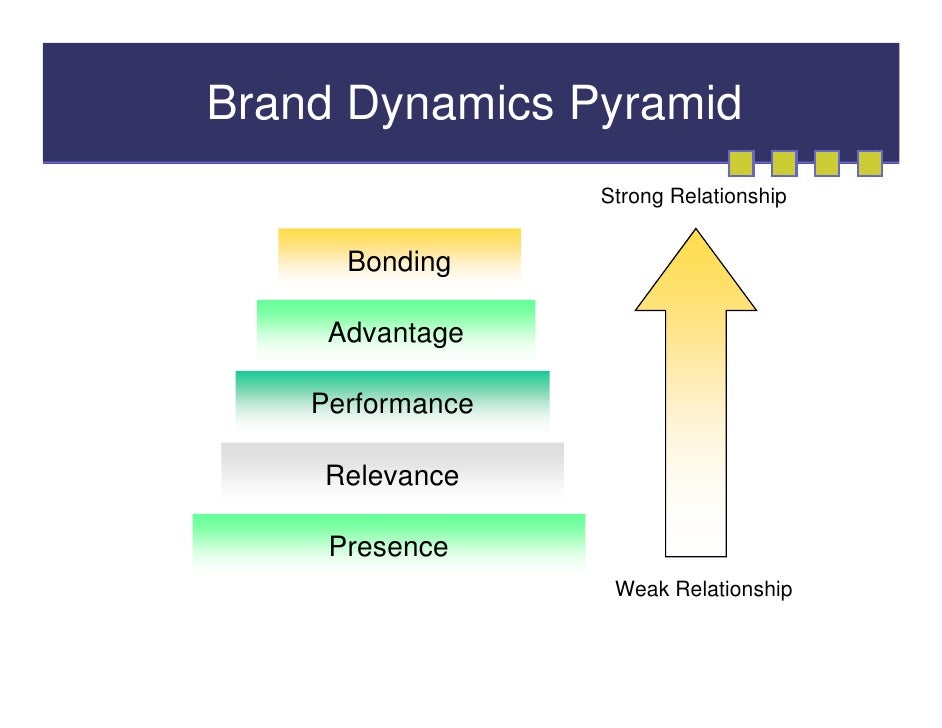Sales and Marketing career is highly rewarding both in terms of rewards as well as knowledge and experience. There are many facets to marketing and selling apart from having to focus only on selling the product. Those who have a flare for meeting people and selling products or services will find it rewarding to build a sales plan, identify sales lead, build a pipeline of prospects and converting them as sales. To such salesmen, the sales figures and every new customer account counts. Then there are those who enjoy building marketing strategies, growing the brand and using their creative skills into building effective communication and advertising plans.
Building brands and delivering value to the customers is one of the most interesting jobs that you can enjoy in marketing. Think of all the brands that come to your mind. We associate products with the image of the brand or the logo. Take the case of cosmetics; you will immediately recall some of the well known global brands like Loreal, Olay, Nivea etc. Think of laptops and the logos of IBM and Dell flash in your mind’s eyes.
Apple and Microsoft brands are known to even little children today. Aren’t we all very familiar with the brand logos of Wallmart, Ikea, Tesco, Home Depot and Target etc?. Think of banking and you will immediately recall HSBC, Citibank and Standard chartered or Bank of America etc that you are familiar with. Which airline comes to your mind when you think of planning your travel? You will naturally remember British Airways, Luftansa and Singapore airlines etc logos of which have been etched in your memories.
There is more to brands than just the visual image or the logos. Yes it is true that the logo is perhaps the most important identity of the brand and communicates with the customer. However ask the marketing and branding specialists and they will tell you a whole lot about branding.
Powerful brands build a lot of value to the Company apart from the core value that it delivers in terms of the product or service. Though marketers focus on building the brand and associating it with the product line, the successful brands yield recognition as well as the value proposition to the Organization as well.
Successful brands help to establish a relationship with the customer. Customer can be loyal to a particular brand for their lifetime. It is not uncommon to find people using Kelloggs at home all the time or banking with Citibank because they have been associated with the brands for a long time.
In building a brand and delivering a value proposition through the brand, it is not only the marketing who are involved, but the entire Organization too. When the people have begun to relate to the brand and the Organization through the brand, it becomes imperative that the Organization focus on delivering incremental value consistently through the brand. This then becomes a continuous process. Over a period of time, the brand value and promise including the characteristics, the visual logo as well as the product offering needs to be changed keeping in line with the markets as well as the Organizational strategy for growth and direction.
At all times, the brand image should be relevant to the current times and yet futuristic as well. As the brand communicates to the customer, it becomes a powerful tool that needs to be managed consciously by the Organization.

